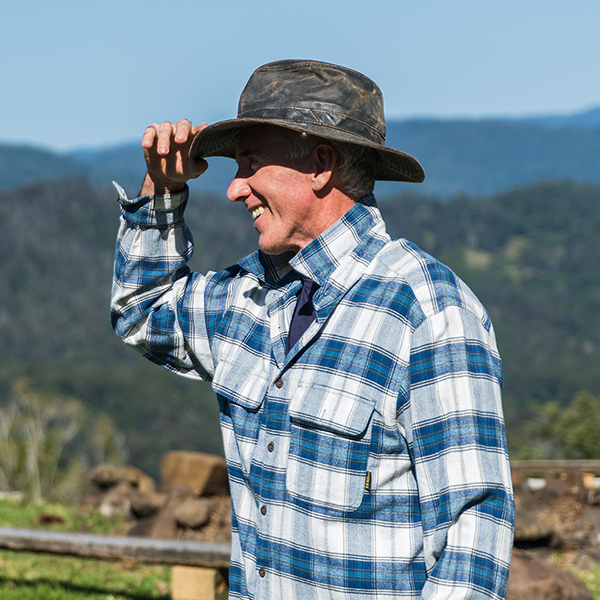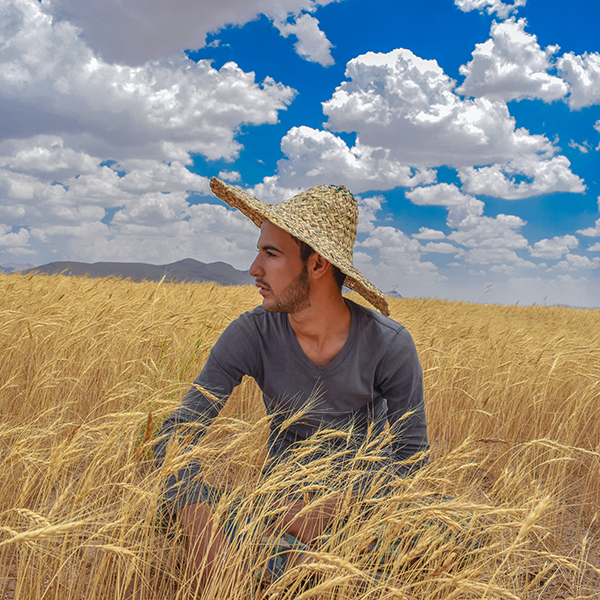Grown by nature
About Us
We provide leading solutions to agricultural.
Project Ngulia was born in the breathtakingly beautiful Rhino Valley, located in the TsavoWest National Park in Kenya. In the 1970s, Rhino Valley, which is home to the Ngulia RhinoSanctuary, used to be home to around 10,000 black rhinos, which then constituted half ofKenya’s rhino population. In 2019, there are just about 100 rhinos, representing about 13% of Kenya’s rhino population.
Tragically, rhinos are an endangered species in danger of extinction, globally. Today, blackrhinos remain critically endangered because of rising demand for rhino horn,from someAsian consumers, particularly in Vietnam and China (the largest and second-largest black-market destinations respectively) who use them in folk remedies. However, rhino horn has nocurative or restorative properties as it is mostly made of keratin-the same substance ashuman nails and hair.
Project Ngulia was conceived and initiated by the Stimson Center in 2013 to combat therhino poaching menace. It was established as a Public-Private Partnership in conjunction withthe Kenya Wildlife Service(KWS) and Linköping University (LiU).A design thinking process was carried out to determine what the project should entail, as wellas the best approach to deploy the technology. This process ended in late 2014 andestablished that before any high-end technology could be deployed in the sanctuary, it wasnecessary to digitise the workflow of the rangers via a mobile phone app. This would feedreports to an online dashboard for KWS Management. Subsequently, other technology suchas sensors (intelligent cameras, long life Bluetooth rhino tags and mobile water qualitytesting kits) could then be added to create a comprehensive system that supplements therangers’ work, making the “boots on the ground” even more effective.The system requires a stable internet connection to provide real time information, butnetwork connectivity in Tsavo West was extremely poor. Project Ngulia thereforeapproached Airtel Kenya to join the Public-Private Partnership to help improve the network.In early 2016, Airtel and Nokia upgraded the hardware at the nearest base station whichprovided 3G coverage to the Ngulia Sanctuary and until today supports the project throughthe maintenance of cellular network connectivity and SIM cards loaded with data voice and SMS bundles.
At the end of 2016, the Stimson Center withdrew from the project and long-termresponsibility of the project was taken over by Linköping University (LiU) under theleadership of Professor Fredrik Gustafsson, who specialises in sensor informatics. Led byProf. Fredrik Gustafsson at LiU, the project began to develop a Bluetooth tracker and exploreother non-invasive options for wildlife monitoring. His work has been greatly aided by theKolmården Wildlife Park, located in Sweden that allows the project to use its Savannah areato carry out research and testing. Additionally, the Kolmården Foundation (KIS), thefundraising arm of the Kolmården Wildlife Park, continues to support the project financially.
WHAT OUR CLIENTS SAYS
My testimonial is from a customer or client. They may be an unknown person to the reader, you need to be sure there isn't anything embarrassing hidden in the middle of text. An endorsement influencer giving their public support.

Richard Johnson
Marketing
Weakness of will, which is the same as saying through shrinking from toil and pain. These cases are perfectly simple and easy to distinguish have suffered alteration in some form, by injected humour or randomisation.

Maria Todd
Food Collector
Pleasures have to be repudiated and annoyances accepted. The wise man therefore always holds in these matters to this principle of selection influencer giving their public support for a brand. But a testimonial is from a customer or client.

Alex Cora
Farmer




